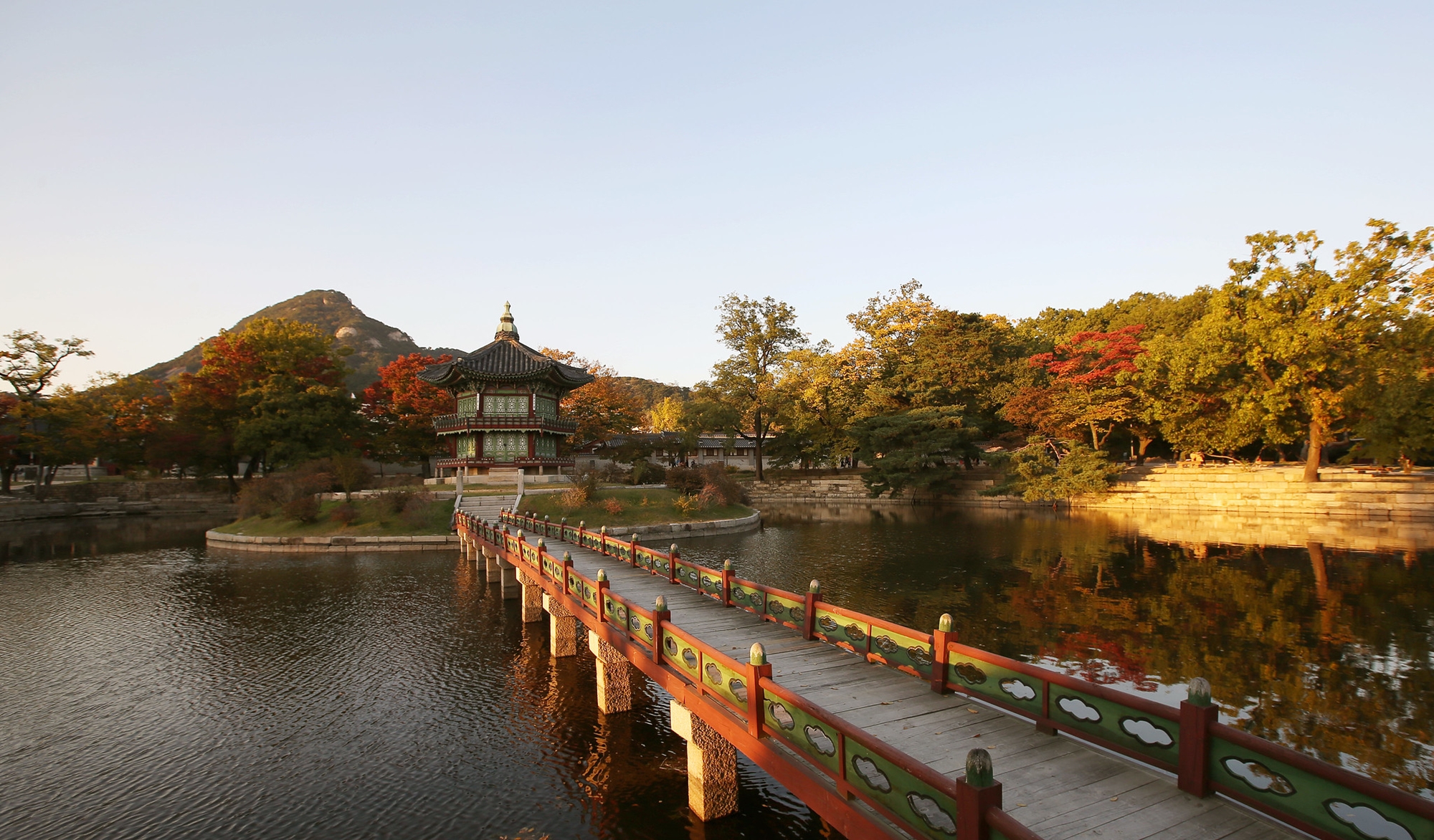
Gyeongbokgung Palace ranked first in a study conducted by the Seoul Metropolitan Government on the most popular tourist attractions in the capital in October last year based on the number of mentions on social media and mobile phone usage data. Shown is Hyangwonjeong Pavilion within the palace compound. (Korea.net DB)
By Lee Dasom
A study says royal palaces are the top tourist attraction in Seoul for fall among Koreans and tourists.
The Seoul Metropolitan Government on Oct. 22 said this in releasing the results of an analysis of the top tourist attractions in October last year based on social media mentions, mobile communication use and consumption data of such attractions in Seoul jointly compiled by the city and the domestic mobile communications service provider LG U+.
The study found that the No. 1 attraction for autumn representing the capital was royal palaces. As of October 2024, Gyeongbokgung Palace led in mentions with 30,222, followed its counterparts Changgyeonggung and Changdeokgung tied for fifth and Deoksugung seventh.
Seoul Forest ranked second (23,873) and Cheonggyecheon Stream fourth (15,674).
Thanks to the animated blockbuster "KPop Demon Hunters," No. 6 Namsan Mountain (12,214) grew in popularity on social media along with a rise of related keywords from the film such as "K-pop" and "K-content" mentioned alongside N Seoul Tower.
The department store The Hyundai Seoul ranked third (16,419), Yeouido Hangang Park eighth (10,993), Nodeulseom Island ninth (8,636) and the shopping area Myeong-dong Street 10th (8,299).
The city's service Seoul Real Time City Data (https://data.seoul.go.kr/SeoulRtd in Korean only) allows users to check real-time traffic congestion and parking conditions at tourist attractions in the capital. It analyzes information on population, transportation and the environment in real time from 120 areas and assesses population congestion on a four-level scale.
In September this year, the service broke 200 million cumulative views.
dlektha0319@korea.kr